
1. Influent pH Value
The ammonia nitrogen content in landfill leachate is very high, and how to effectively remove ammonia nitrogen has always been a challenge in leachate treatment. The DTRO membrane has a very low rejection rate for free ammonia. Therefore, before the leachate enters the membrane module, adjusting its pH to around 6.5 can not only prevent scaling on the reverse osmosis membrane but also allow the ammonia in the leachate to form a salt with sulfuric acid, thereby improving the membrane's rejection rate of ammonia nitrogen.
2. Influent Temperature
As water temperature increases, its viscosity decreases. Under the same operating pressure, for every 1°C increase or decrease in water temperature, the permeate flow rate will correspondingly increase or decrease by 2.5%–3.0% (based on the standard rejection rate at 25°C). An increase in influent temperature also leads to an increase in salt passage and a decrease in desalination rate, mainly because the diffusion rate of salts through the membrane accelerates with increasing temperature.
3. Influent Salt Concentration
Osmotic pressure is a function of the concentration of salts or organic substances in the water. The higher the salt content in the influent, the greater the osmotic pressure, the greater the concentration difference, leading to an increase in salt passage and thus a decrease in the desalination rate.
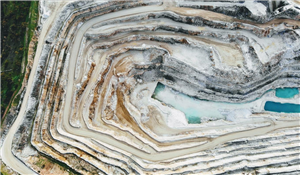
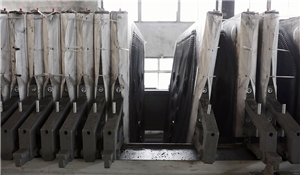

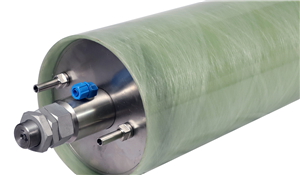



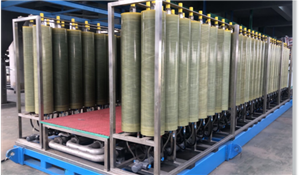
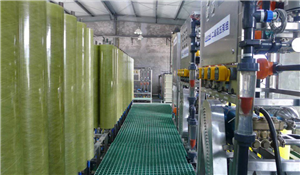
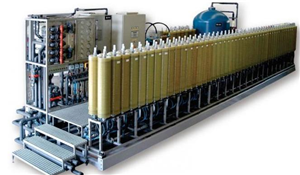


Henan Yuanhede Industrial Technology Co., Ltd.
East Industrial Park, Yuzhou City, Henan Province, China.
(+86)139 3822 7726
info@yhdegroup.com
www.yhdegroup.com